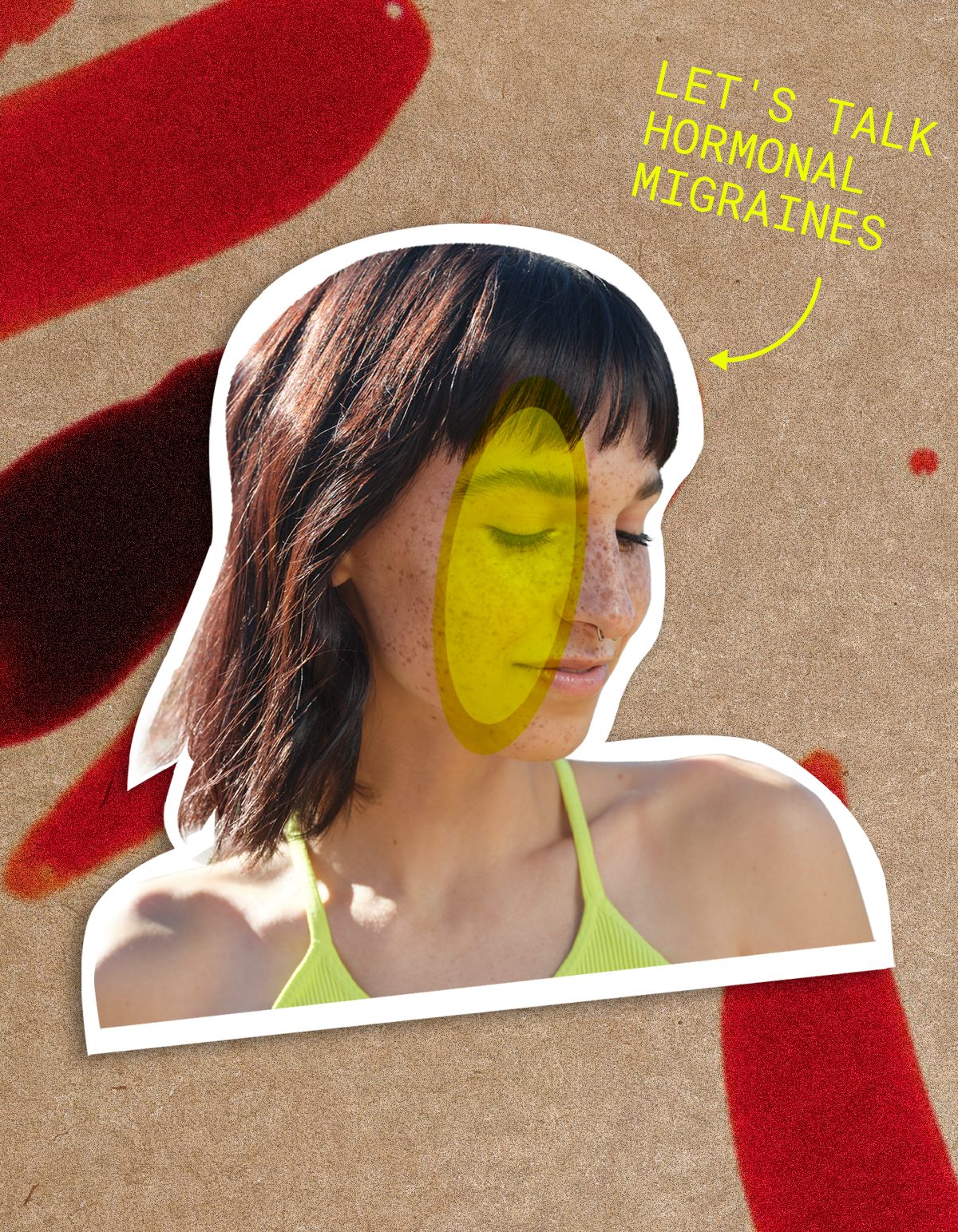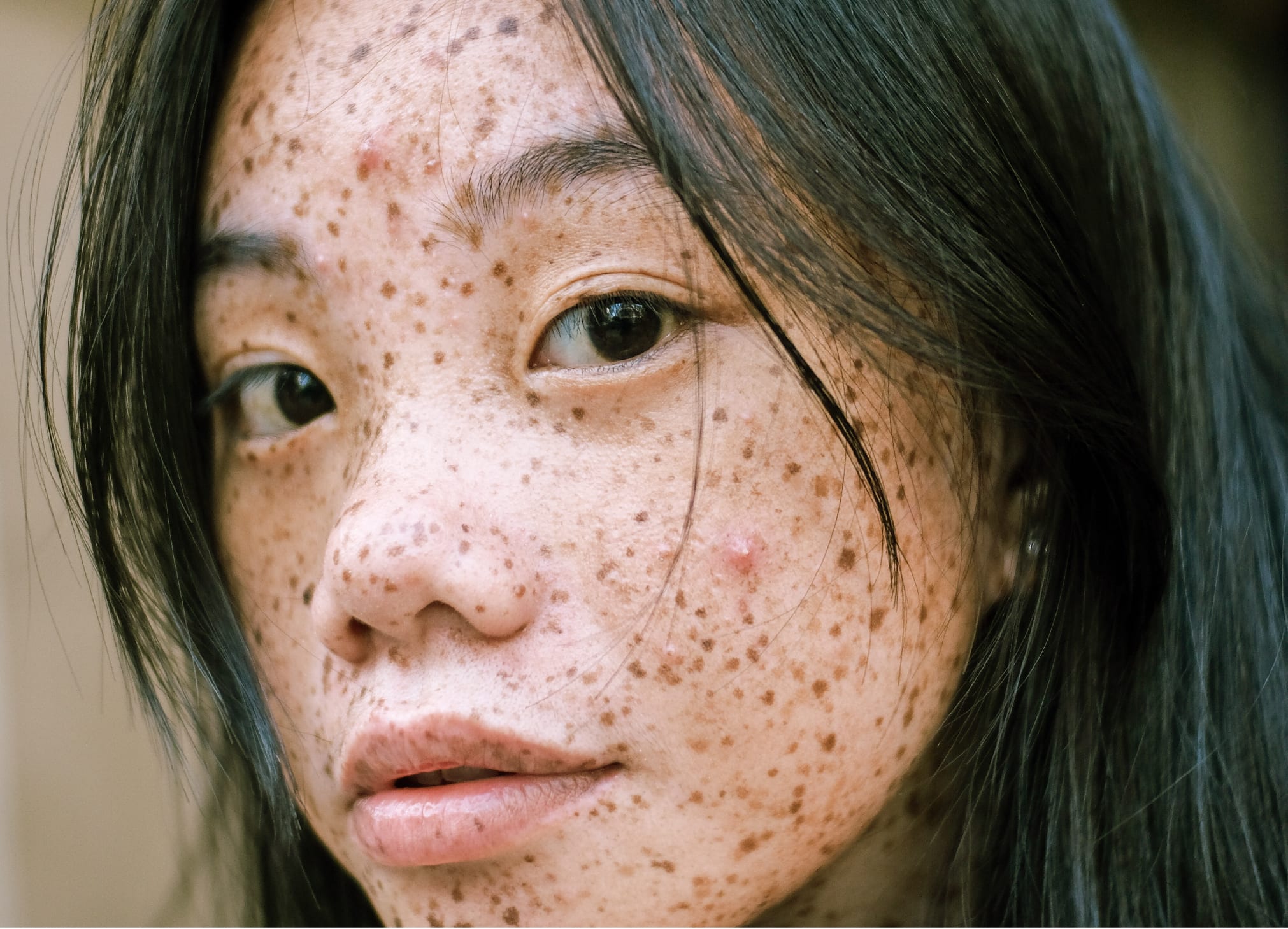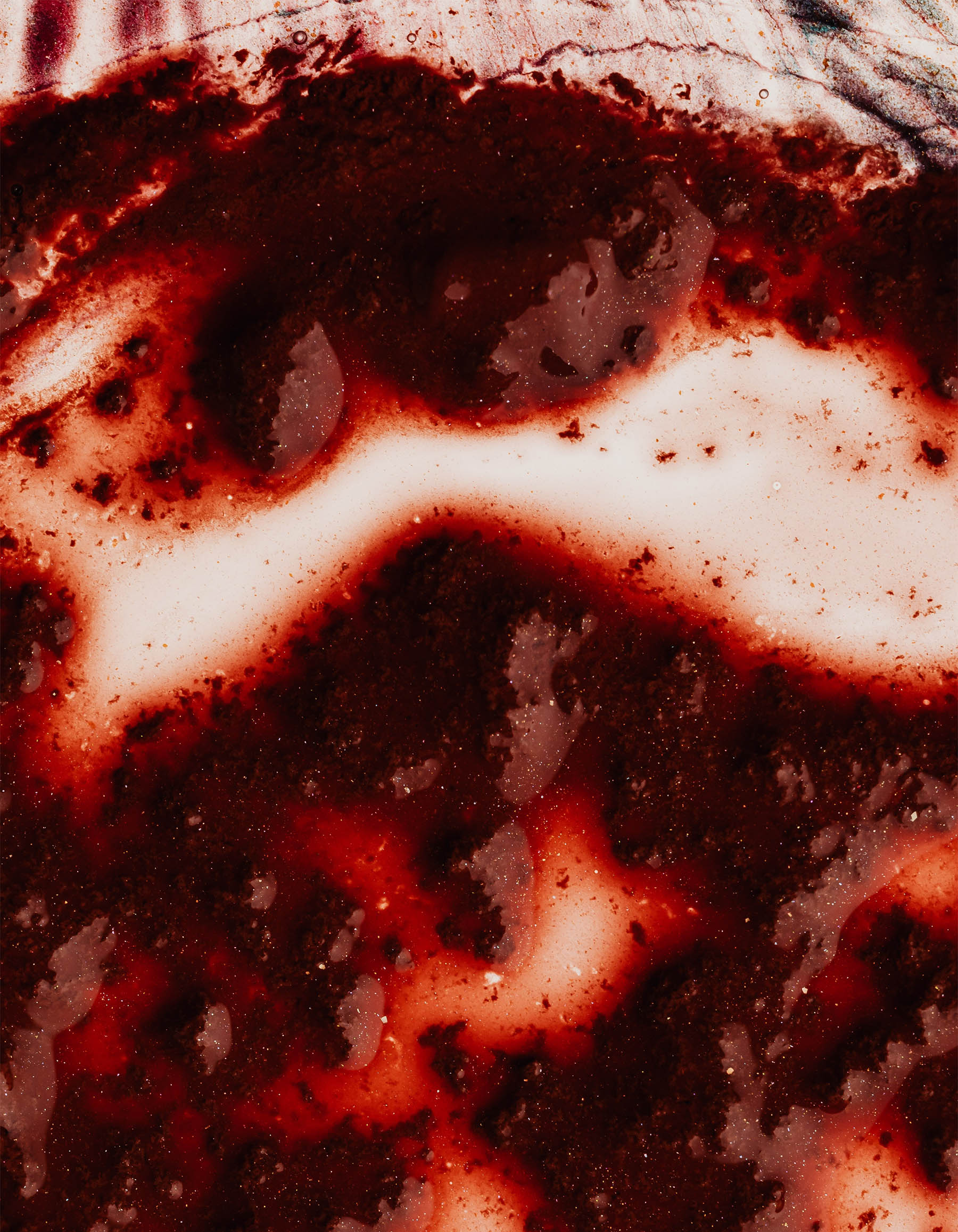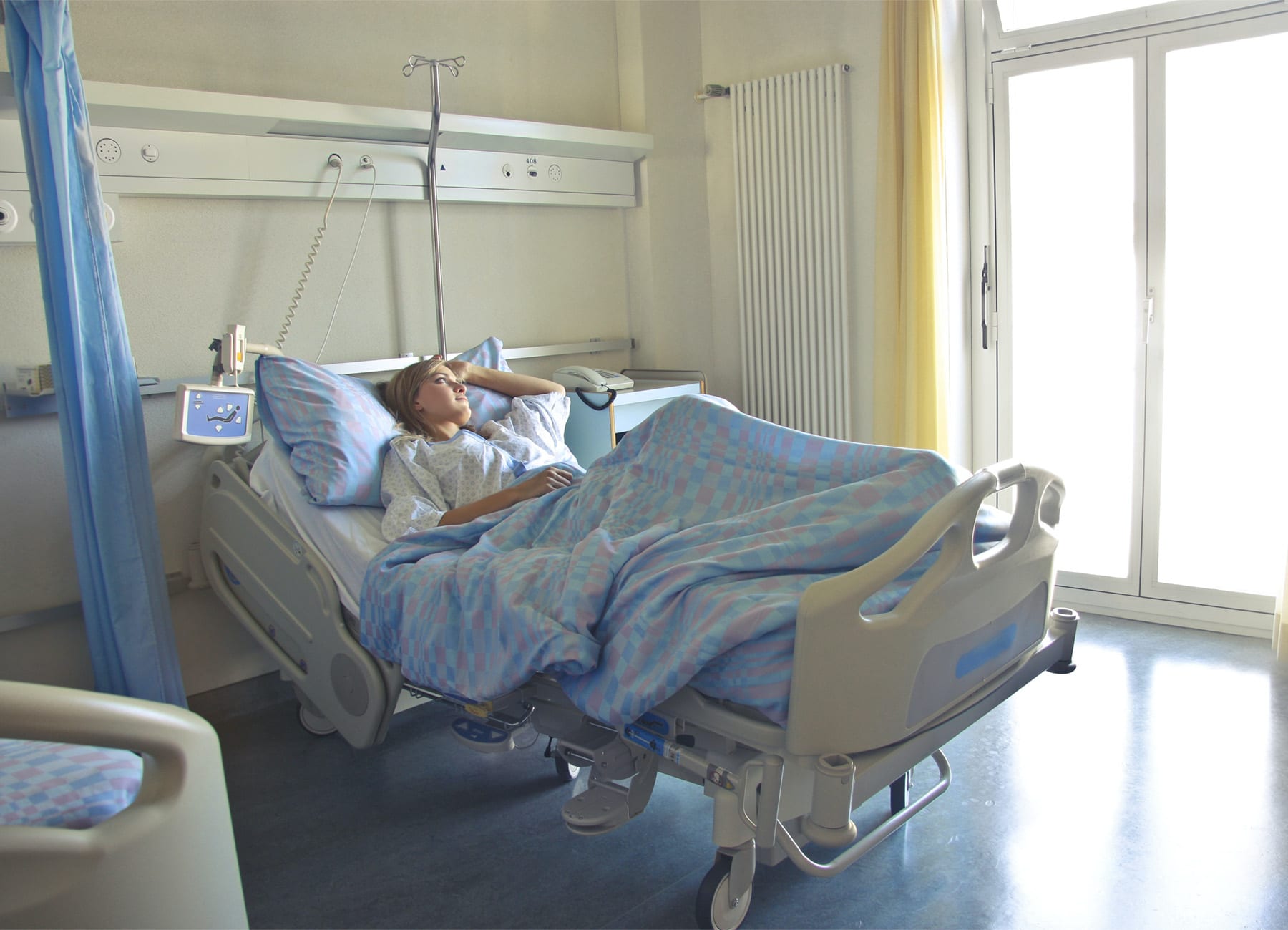Hormonal migraines & period headaches: How to cope
PMS. Three little letters, a mountain of annoyances, inconveniences, and, for some of us, serious debilitation during that time leading up to your period. PMS = premenstrual syndrome, although nowadays the term is often used to describe a broader portion of the menstrual cycle—from the days leading up to when your menstruation starts all the way to the day or two after your flow comes to an end.
PMS is more than the rollercoaster of emotional ups and downs that pop culture would have us believe. It’s actually a clinically defined syndrome.
The American College of Obstetricians and Gynecologists (ACOGACOG stands for the American College of Obstetricians and Gynecologists (a professional membership organization for obstetrician–gynecologists).) defines PMS as having at least one affective symptom and one somatic symptom during the five days before the start of your period, but only when these symptoms are consistent across at least two consecutive menstrual cycles.1 That’s a mouthful right there, so let’s break it down.
Affective symptoms include things that affect how you perceive and react to the world, like your mood, anxiety levels, or social withdrawal from activities you’d usually enjoy. Somatic symptoms are those felt by your body and can include the usual things like muscle aches (especially in your pelvic or lower stomach region), tender breasts, swelling and mild weight gain, along with things like an upset stomach and menstrual headaches.
Hold up. That last symptom isn’t one of the usual suspects listed off when we talk about PMS—but it is a very real phenomenon, and one that isn’t talked about nearly as often as it should be.
Menstrual headaches are one of the symptoms of PMS, and they sit within the broader category of hormonal migraines. Migraine headaches (hormonal or not) are actually one of the most common neurologic disorders worldwide, and they affect women 3:1 compared to men.2
So, if you’ve always gotten brutal headaches during your period (or around) and you’re wondering why, you’re in the right place: We’ve covered everything you need to know about hormonal migraines below, including the biological cause, accompanying signs and symptoms, and a few unconventional ways to kick them to the curb.
Breaking down the connection between period headaches and hormones
Overall, the mechanism for how headaches happen is multifactorial (meaning, there are a bunch of different processes at play). In general, it involves the dilation or widening of blood vessels in the brain, as well as the release of neurotransmitters and the trigeminal nerve that together produce the sensation of pain.
Interestingly, biological males and females have similar rates of headaches until puberty—at which point, the number of individuals AFABAFAB stands for “assigned female at birth.” who experience headaches shoots way up. What could be driving this change? Some theories suggest that hormonal changes are at play.
Estrogen, or the lack thereof, is thought to be the main culprit. The reason for this isn’t well understood yet, but it may have to do with how estrogen affects gene expression, causing changes in local inflammation and prostaglandin release.
What causes period migraines?
You might still be wondering, “but, why do I get migraines on my period?” If that sounds like you, here’s what the research tells us about the link between sex hormones and menstrual headaches: Several studies have shown that period migraines are often triggered by the drop in estrogen that precedes the luteal phase—the phase after ovulation, leading up to your period.3
It’s not that simple, though. At physiologic, or non-medical, “natural” levels, estrogen and progesterone can prevent the pathways leading to acute migraines…but at medical dose levels, they can actually stimulate those pathways that produce painful headaches. Basically, estrogen is dose-dependent, meaning that the amount of estrogen released can vastly change how your body responds (and whether or not it produces a headache or migraine).
In case this explanation wasn’t already complicated enough: Estrogen isn’t the only hormone at play when it comes to menstrual migraines. Serotonin is also involved.

Serotonin is a neurotransmitter that’s involved in a plethora of processes in your body, affecting characteristics ranging from mood to memory. Migraines are also associated with a low-serotonin state. Something else that’s interesting? There’s a school of research that thinks that ovarian steroid hormones are potentially involved in serotonin synthesis, i.e. how serotonin is “manufactured” in the body, taking this conversation to a whole new Inception-like level.4
In short, the exact cause of hormonal migraines in people with uteruses is still unknown. However, scientists believe that it is related to fluctuations in estrogen levels and serotonin levels in the body.
What’s the difference between a hormonal headache and a hormonal migraine?
Ah, the age-old question: What really is the difference between a headache and a migraine?
Migraines are basically headaches, “premium edition.” They don’t just include the typical throbbing ache in your skull, but also involve symptoms like nausea, vomiting, sensitivity to light or sound, or aura (visual or auditory disturbances).3
Migraines are episodic and have pre-defined triggers. They consist of a pre-migraine phase, the migraine attack, and post-migraine recovery. Some people also experience migraines with auras, such as seeing flashing lights or blind spots in their vision, or sensory numbness or tingling.
In terms of location, migraines tend to be localized to one side of the head, whereas a standard headache may feel as if it’s spread all the way throughout your forehead and scalp and is equally distributed on both sides of your head.
Migraines by definition also happen more than once, and there is at least one identifiable trigger. In other words, they’re recurring and can be attributed to a certain trigger event or occurrence (like reaching a certain phase of your menstrual cycle).
You can get both hormonal headaches and hormonal migraines: Both are caused by a fluctuation or change in hormonal levels, but the latter just involves those additional symptoms mentioned above.
Hormonal migraines vs. headaches: Signs & symptoms
Headaches can be random or caused by specific factors like sleep deprivation, excessive screen time, hangovers, or dehydration. Remember to stay hydrated and refill your glass daily!
But for headaches that are recurrent, it can be really difficult to differentiate between a hormonal migraine (or headache) and a standard headache.
The signs and symptoms of both hormonal headaches and non-hormonal headaches will be fairly similar, with the common thread of pain that can be felt in the forehead, temples, or other parts of the head. This pain is usually dull and throbbing in nature, but it can also feel like a sharper, stabbing sensation.
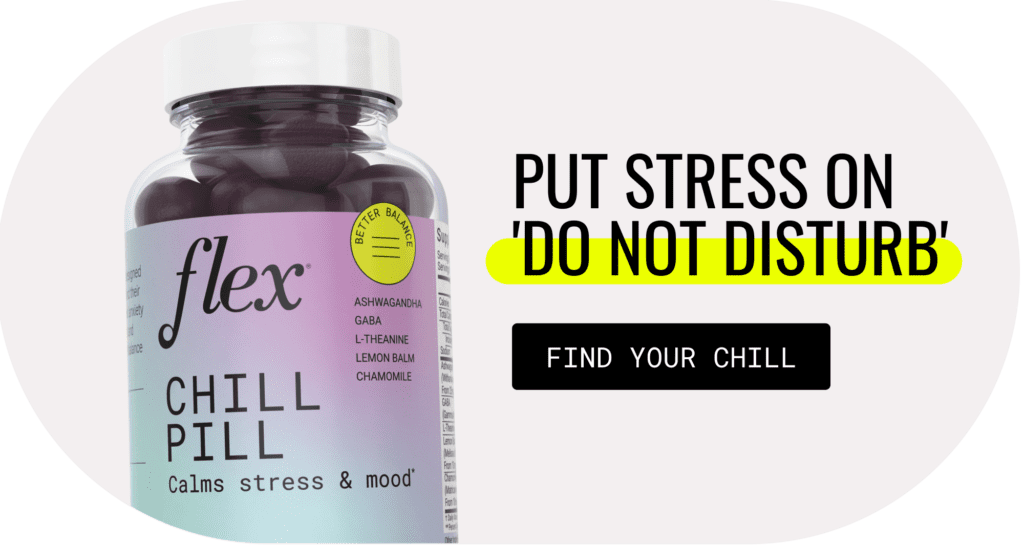
The best way to tell if you’re having a hormonal headache or migraine is by paying attention to the timing: Are you in the luteal phase of your cycle? Are you approaching perimenopause? Did you recently give birth? What about changes in medication, like stopping or starting hormonal contraceptives?
Hormonal headaches are diagnosed based on their presumed hormonal etiology. This could mean:
- Stage of your menstrual cycle, e.g. many people with hormonal headaches will feel them come on soon after the drop in levels of estrogen that takes place during the luteal phase
- Relationship to external factors, such as medications or medical conditions (some known ones are nitrates, sometimes prescribed for heart conditions such as angina and other cardiovascular diseases, hormonal contraception (such as vaginal ring or hormonal birth control pills)
- Stage of life in relation to menopause (i.e.: estrogen supplementation or hormone replacement therapy (HRT) sometimes used during perimenopause, menopause)
Where are hormonal headaches located?
Another way that headaches can be differentiated from each other is based on location. However: Keep in mind that this isn’t always a perfect fit, and that not everyone experiences hormonal migraines or headaches the same way.5
Tension headaches:
In general, tension headaches are on the forehead and top of the head, both sides, and are described as a mild to moderate pressure headache. This type of headache is the most common type.
Sinus headaches:
These are often a sign of sinusitis, or inflammation of the sinuses related to an ongoing infection. These ones are related to the sinuses, which are little collections of air that sit behind the eyes, nose, and mouth. When you’re sick, they can fill up with fluid, pus, or other secretions, leading to pressure headaches in that area. Sinus headaches will often come with other signs of infection, like a runny nose, sneezing or coughing, and eye irritation.
Cluster headaches:
In contrast to the other types of headaches, cluster headaches are usually severe and one-sided pain that must come with at least one of the following additional symptoms:
- Eye irritation, including teary eyes, swelling in the eyelids, or pupil changes
- Nasal congestion
- General restlessness, agitation, malaise
Hormonal headaches:
Can have any distribution, but the most common is that tension-type distribution, so both sides on the top or front of the head. Hormonal headaches are more about the cause of the headache (a change in hormone levels) than they are about the location.
Hormonal migraines:
Unlike hormonal headaches, hormonal migraines (and migraines of any type) are often localized to one side of the head, and the pain consistently recurs in that area. Some people may feel the pain start at their temple and extend down the entire side of their face.6
How to cure hormonal migraines
The question of the hour: “I’m having hormonal headaches literally right before I start my period, or during my period. WTF do I do about it??”
Here are a couple tips for how to make your period headache go away:7
NSAIDS say what?
NSAIDs, or nonsteroidal anti-inflammatory drugs, are actually one of the most effective headache medications. NSAIDS = OTC meds like Advil, Motrin, and Aleve. Generic names = ibuprofen and naproxen.
Studies have shown that these are effective migraine medicines, even at low to moderate doses. Check the label or consult your health care provider for recommended dosages.
Note: Tylenol (acetaminophen) is NOT an NSAID! It doesn’t work the same way as Advil or Aleve and generally isn’t as effective when treating headaches or migraines. However, it may provide mild relief for some, especially if you are unable to tolerate ibuprofen or naproxen or have a history of stomach ulcers.
Hydration is key
Dehydration is a common trigger, especially hormonal headaches. To prevent this, drink the recommended amount of water (around 3 liters per day for most women, as advised by the Mayo Clinic).8
Pro tip? Toss a lemon in there to make it feel fancy and get you to drink more. Lemons also have anti-inflammatory properties, which can make you feel better from the inside out.
Thx Starbux!
Fun fact for all those caffeine lovers out there: Evidence shows that, in low doses, caffeine can actually help with the symptoms of headaches! This works via that vasoconstriction mechanism we talked about earlier.
Headaches occur when blood vessels in the brain widen and substances that cause pain are released. Caffeine can counteract this by constricting those blood vessels. So feel free to enjoy your cup of coffee or other sources of caffeine like green tea, black tea, oolong, or dark chocolate. Just remember to drink a cup of water for every cup of caffeine since caffeine can dehydrate you.
Exercise, but proceed with caution
The jury’s still out on exercise and its effects on headaches. Much of it seems to be person-specific. For some folks, that daily 5-miler run can stave off the symptoms of PMS including headaches; for others, all that pounding just makes your head pound even more.
For this one, try to stick to low-impact types of exercises to reduce headache symptoms. Examples could include yoga, swimming, a short walk, or some gentle stretching.
Inhale some soothing scents
Creating an environment that’s easy on the senses is key to preventing headaches—and helping you get through them once they’ve arrived. Try investing in a diffuser for at-home aromatherapy.
Essential oils like lavender, peppermint, rosemary, and eucalyptus have been used for generations to alleviate headaches. While there isn’t extensive research on their effectiveness, anecdotal evidence suggests they work well. However, everyone reacts differently to scents, so start with a small amount and test different ones to find what works best for you.
Ice it out
Many chronic migraine sufferers turn to an ice pack or a cold washcloth when the throbbing pain gets especially intense. While it might not be an immediate cure, using cold therapy can make it easier to get through a headache. Try laying down with a damp washcloth over your forehead and an ice pack on top for 15-20 minutes at a time. A head massage can also do wonders.
Grab those shades
To be prepared for random headaches, always carry water, a bottle of your preferred pain reliever and your favorite sunglasses if you suffer from light sensitivity. Bright light can worsen headache pain, so wearing sunglasses outdoors can help you cope. When at home, create a quiet, dark room or space to retreat to when the migraines strike.

When to see a doctor
While most headaches are run of the mill and nothing major to worry about, there are a couple of warning signs you should be familiar with.9 If you experience any of the below, get yourself to the emergency room.
- Headache that comes on quickly, sharply, and/or doesn’t relent for hours on end
- Headache with fever
- Headache with a stiff neck
- Severe sensory changes like temporary blindness, deafness, or difficulty speaking
- Passing out or loss of consciousness
- Feeling “out of it,” or experiencing dizziness, memory loss or unusual changes in mental faculties
- “First or worst” headache of your life
These are just a couple of guidelines, but if you ever feel truly terrible during a headache episode, reach out to a healthcare provider ASAP. Keeping a migraine journal can also help you recount all occurrences and pain intensity.
Hormonal headaches & migraines: Key takeaways
Headaches are one of the most common conditions worldwide, and people AFABAFAB stands for “assigned female at birth.” are affected more than those AMABAMAB stands for “assigned male at birth.”. There are several types of headaches, including tension, sinus, cluster, and hormonal headaches, and migraines—which come with specific sets of additional symptoms.
For immediate headache relief, over-the-counter NSAIDS (like Advil or Aleve) are the best way to go. You can also try remedies like (moderate amounts of) caffeine, aromatherapy, and low-flow and regular exercise. However: If you ever get a headache along with any of the warning signs listed above, or experience a headache that just won’t go away after multiple days, contact your healthcare provider or see a headache specialist ASAP.
Try keeping a headache journal and note down your symptoms, dates, and other details. You can then reference your “migraine diary” when sharing those details with your healthcare provider.
Hormonal migraines and headaches are yet another symptom that people with uteruses often struggle with at certain times of the month. Hopefully, this guide has given you a few treatment options and tools to help you cope. Just know that, next time a migraine strikes, you’re not alone!
This article is for informational purposes only and is not offered as medical advice, nor does it substitute for a consultation with your physician. If you have any gynecological/medical concerns or conditions, please consult your physician.
© 2024 The Flex Company. All Rights Reserved.
- Hofmeister, S., & Bodden, S. (2016, August 01). Premenstrual syndrome and premenstrual dysphoric disorder. Retrieved April 01, 2021, from https://www.aafp.org/afp/2016/0801/p236.html[↩]
- Broner, S. W., Bobker, S., & Klebanoff, L. (2017). Migraine in Women. Seminars in neurology, 37(6), 601–610.[↩]
- Maasumi, K., Tepper, S. J., & Kriegler, J. S. (2017). Menstrual Migraine and Treatment Options: Review. Headache, 57(2), 194–208.[↩][↩]
- Paredes, S., Cantillo, S., Candido, K. D., & Knezevic, N. N. (2019). An association of serotonin with pain disorders and its modulation by estrogens. International Journal of Molecular Sciences, 20(22), 5729. https://doi.org/10.3390/ijms20225729[↩]
- Harvard Health Publishing. (2020, August 31). What type of headache do you have? Retrieved April 01, 2021, from https://www.health.harvard.edu/healthbeat/what-type-of-headache-do-you-have[↩]
- National Headache Foundation. (2020, April 10). The complete headache chart. https://headaches.org/resources/the-complete-headache-chart/[↩]
- Becker W. J. (2015). Acute Migraine Treatment in Adults. Headache, 55(6), 778–793.[↩]
- Mayo Clinic Staff. (2020, October 14). How much water do you need to stay healthy? Retrieved April 02, 2021, from https://www.mayoclinic.org/healthy-lifestyle/nutrition-and-healthy-eating/in-depth/water/art-20044256[↩]
- Hainer, B., & Matheson, E. (2013, May 15). Approach to acute headache in adults. Retrieved April 01, 2021, from https://www.aafp.org/afp/2013/0515/p682.html[↩]
